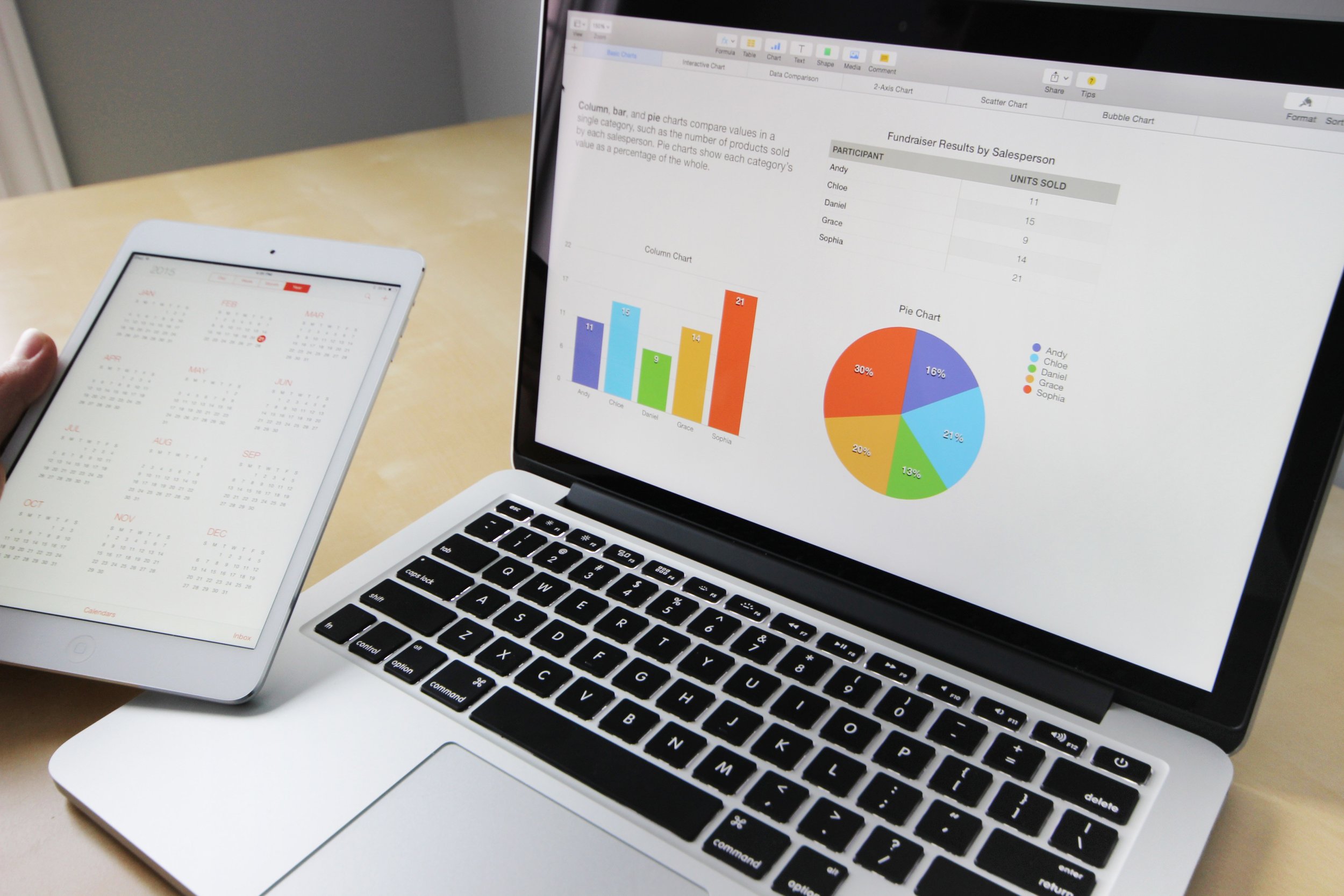8 Things You Should Know In Measuring Marketing KPI Performance
Image source: pexels.com
Key Performance Indicators (KPIs) are a standard way of measuring performance success. As a marketing professional, having KPIs is one of the best ways to determine your success (or failure) in achieving your goals.
While there are many different types of KPIs, you need to know certain things to optimize the effectiveness of your marketing efforts. Keeping these things in mind can also make it easier to measure your progress towards your business objectives. Let's look at what you should know in measuring marketing KPI performance.
1. Understand That KPIs Are More Than Just Numbers.
Your KPIs provide an objective assessment of how well your marketing campaigns are performing. When they're properly implemented, they can be used as a tool to evaluate whether or not your campaign was successful. However, while many believe that KPIs are simply numbers, they actually represent several factors. Some of these include but are not limited to:
Market share (the % of customers who buy from your company)
Customer satisfaction (how satisfied are your current customers?)
Conversion rate (how often do new leads convert into paying clients?)
2. Make Sure Your KPIs Are Useful
Before you start using KPIs, you need to make sure that they actually add value to your overall strategy. If they don't, then they won't be useful as a tool to measure performance. For example, let's say you want to increase sales by 20% over last year. However, not knowing your previous year's sales figures makes this impossible. This means that unless you have historical data on what has worked before, you cannot accurately assess if the changes you make will work or not. Therefore, when setting up your KPIs, think about what information you would like to use to judge their impact on your marketing strategy.
3. Create Customized KPIs.
To get accurate results, you must customize your KPIs to fit your specific needs. There's no use in creating one set of KPIs and expecting them to apply to every situation. In addition, you shouldn't adopt KPIs just because everyone else does. Instead, create a custom set of KPIs that match your unique business objectives and target audience. This will help you understand the real potential of your marketing strategies.
4. Keep Track Of Changes.
To ensure that you're making the most out of your marketing efforts, you need to keep track of the changes that occur throughout the course of your campaign. Just because your KPIs were working before doesn't mean that they will continue to work after you implement certain changes. As such, it's important to monitor your KPIs regularly to see which ones remain constant and which ones change.
5. Set Realistic Expectations.
When setting up your KPIs, you need to set realistic expectations of what you expect them to achieve. Many marketers tend to overestimate the power of their KPIs. They think that they'll automatically receive positive results once they've created a particular metric.
Unfortunately, this isn't always the case. It takes time and effort to build relationships with clients, so it's possible that your KPIs may take longer than expected to show any kind of improvement. The key is to set your goals correctly and understand that sometimes things take more time to improve than you initially anticipate.
6. Use Data To Inform Decisions.
Once you're happy with the way your KPIs perform, you should use them to inform future decisions. For example, if you're having trouble increasing customer retention rates, you could use some of the metrics that reflect how long it takes for new leads to become paying customers. Marketing data analysts and strategists are often able to generate insights from these kinds of metrics. By using these insights to inform decision-making, you'll be better equipped to reach your overall marketing goals.
7. Monitor Performance Across Multiple Metrics.
To ensure that your KPIs are improving, you need to monitor performance across multiple metrics. While it's tempting to focus on only one or two metrics when setting up your KPIs, this can lead to inaccurate results. For example, if your goal is to increase website traffic, but you're only monitoring one metric (i.e., number of visits), then you won't know whether your strategy is effective. The solution? Monitor as many metrics as possible to ensure that you're getting the best results.
8. Make Adjustments.
Finally, it's crucial to make adjustments where necessary after implementing your KPIs. If an individual KPI is not performing as anticipated, don't hesitate to adjust it. You may have changed certain aspects of your marketing strategy since you implemented your original KPIs, so it's likely that some of your metrics aren't reflecting those changes perfectly. However, you still need to monitor your KPIs closely to determine which adjustments are needed.
Final Words
While there's no magic formula for creating successful KPIs, the above eight tips will help you create your own unique plan. Remember that in order to get the best results, you must constantly evaluate the effectiveness of your KPIs. Monitoring the progress of your KPIs allows you to identify problems early on, so you can correct them and lead your business to success.

